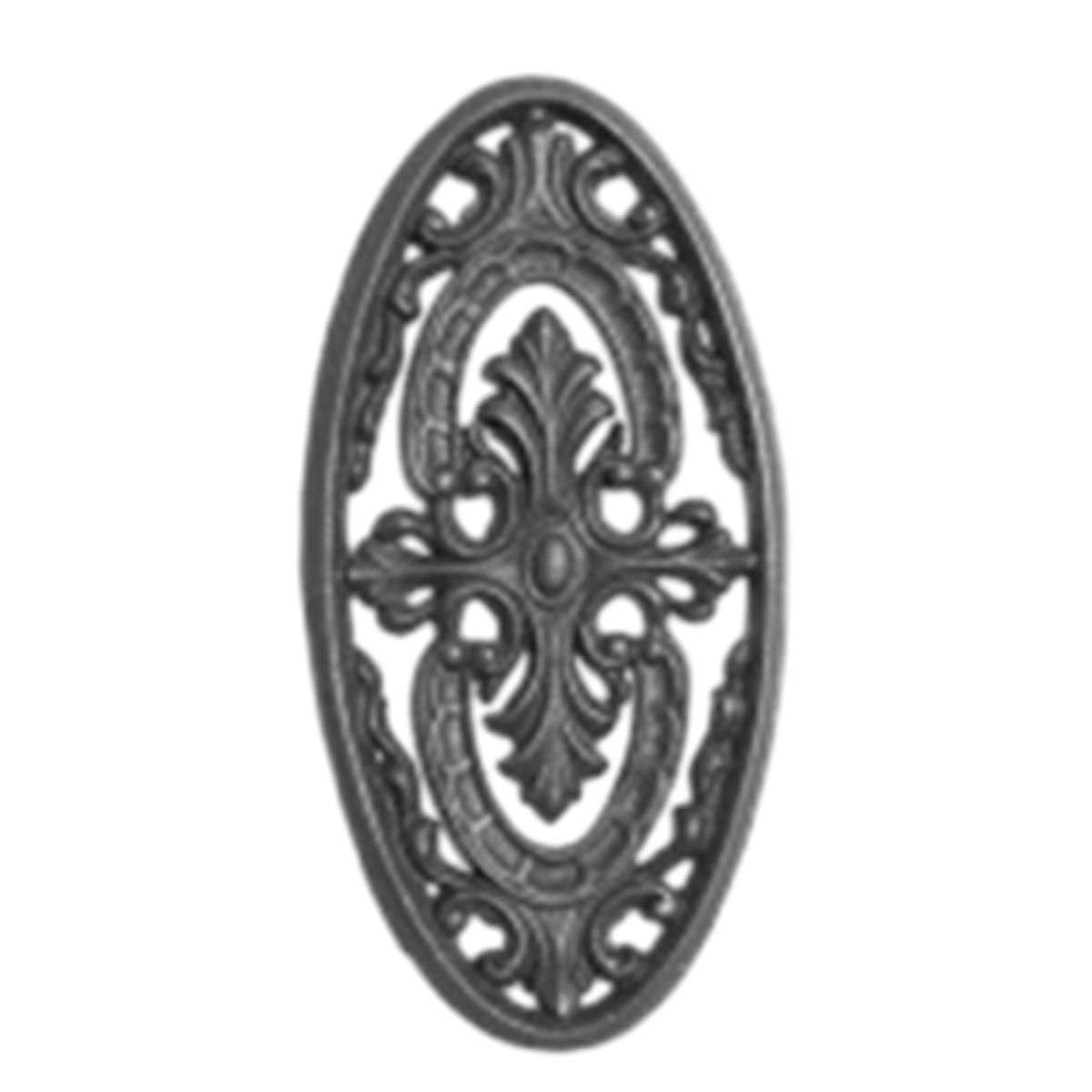parts for wrought iron gates
Parts for Wrought Iron Gates A Comprehensive Overview
Wrought iron gates are often the epitome of elegance and sophistication, enhancing the aesthetic appeal and security of residential and commercial properties alike. Their durability and timeless charm make them a popular choice for many homeowners. However, to ensure that these gates function properly and maintain their beauty over time, it’s essential to understand the various parts that comprise wrought iron gates.
1. FRAME The Structural Backbone
The frame of a wrought iron gate is the foundational structure that supports the entire gate. Typically constructed from heavy-duty wrought iron bars, the frame is designed to withstand environmental stress factors such as wind and impact. The sturdiness of the frame directly affects the stability and security of the gate. A well-constructed frame not only enhances durability but also preserves the intricate designs that are characteristic of wrought iron work.
2. HINGES The Link to Functionality
Hinges are crucial components that allow the gate to swing open and closed. High-quality, rust-resistant wrought iron hinges are essential for longevity, as they can endure frequent use and varying weather conditions. It is also important that the hinges are installed correctly to ensure smooth operation. There are various types of hinges available, including strap hinges, which are often used in more traditional settings, and concealed hinges, which provide a more modern appearance.
3. Latch and Lock Mechanisms Ensuring Security
The latch and locking mechanism of a wrought iron gate serve as the first line of defense against unauthorized entry. Automatic latches provide convenience, allowing for easy operation from either side of the gate, while deadbolts and padlocks enhance security measures. It is vital to choose locks that are weather-resistant and suitable for outdoor use to ensure that they remain functional over time.
parts for wrought iron gates

4. Decoration Adding Character and Charm
Wrought iron gates are often adorned with decorative elements that contribute to their aesthetic appeal. Scrolls, floral motifs, and geometric patterns are popular design features that can elevate the gate’s visual impact. These ornate details are typically created through a process called forging, which involves heating the iron to make it malleable, allowing for intricate designs. Additionally, decorative finials can be added to the top of the gates for an extra touch of elegance.
5. Paint and Finish Protection Against the Elements
To prolong the life of a wrought iron gate, applying a protective finish is essential. High-quality, weather-resistant paint or powder coating not only provides a barrier against rust and corrosion but also allows for customization in color and finish. Regular maintenance, such as inspecting for chips in the paint and reapplying finish as necessary, will keep the gate looking new and functioning well.
6. Accessories Enhancing Functionality and Style
Various accessories can be incorporated into wrought iron gates to enhance both their functionality and aesthetic appeal. Items such as gate operators for automated opening and closing, decorative brackets, and light fixtures can be added based on individual preferences and needs. These accessories can further personalize the gate while providing additional convenience.
In conclusion, understanding the various parts of wrought iron gates, from structural components to decorative accents, is crucial for anyone looking to install, maintain, or enhance these beautiful pieces of architecture. By ensuring that each part functions harmoniously, homeowners can enjoy the beauty and security that wrought iron gates provide for many years to come. Whether it’s for a private residence or a commercial property, investing in quality components is a step toward creating a lasting impression.
-
Wrought Iron Components: Timeless Elegance and Structural StrengthNewsJul.28,2025
-
Window Hardware Essentials: Rollers, Handles, and Locking SolutionsNewsJul.28,2025
-
Small Agricultural Processing Machines: Corn Threshers, Cassava Chippers, Grain Peelers & Chaff CuttersNewsJul.28,2025
-
Sliding Rollers: Smooth, Silent, and Built to LastNewsJul.28,2025
-
Cast Iron Stoves: Timeless Heating with Modern EfficiencyNewsJul.28,2025
-
Cast Iron Pipe and Fitting: Durable, Fire-Resistant Solutions for Plumbing and DrainageNewsJul.28,2025
-
 Wrought Iron Components: Timeless Elegance and Structural StrengthJul-28-2025Wrought Iron Components: Timeless Elegance and Structural Strength
Wrought Iron Components: Timeless Elegance and Structural StrengthJul-28-2025Wrought Iron Components: Timeless Elegance and Structural Strength -
 Window Hardware Essentials: Rollers, Handles, and Locking SolutionsJul-28-2025Window Hardware Essentials: Rollers, Handles, and Locking Solutions
Window Hardware Essentials: Rollers, Handles, and Locking SolutionsJul-28-2025Window Hardware Essentials: Rollers, Handles, and Locking Solutions -
 Small Agricultural Processing Machines: Corn Threshers, Cassava Chippers, Grain Peelers & Chaff CuttersJul-28-2025Small Agricultural Processing Machines: Corn Threshers, Cassava Chippers, Grain Peelers & Chaff Cutters
Small Agricultural Processing Machines: Corn Threshers, Cassava Chippers, Grain Peelers & Chaff CuttersJul-28-2025Small Agricultural Processing Machines: Corn Threshers, Cassava Chippers, Grain Peelers & Chaff Cutters












